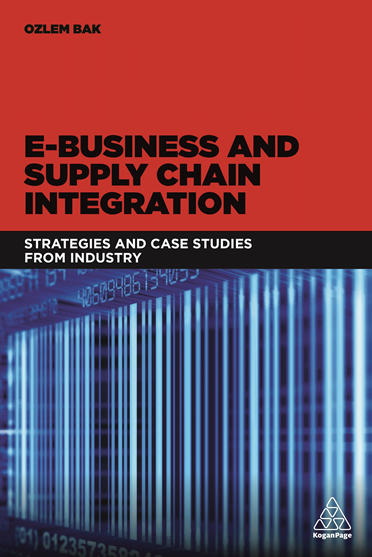Considering the rise of B2B marketplaces with a potential US $6.7 trillion worldwide, warehousing is becoming a core part of the supply chain, enabling a seamless integration with various channels with the aim of generating smooth access to the global market.
 In the recent news, companies like Ocado and Amazon have been reported as investing heavily into their technology to fine-tune their hi-tech warehouses. The new hi-tech warehousing changes also echoed the introduction of new innovative e-business solutions, such as Amazon patenting wristbands for its employees to speed up the pick time and to reduce incorrect stock pick rate.
In the recent news, companies like Ocado and Amazon have been reported as investing heavily into their technology to fine-tune their hi-tech warehouses. The new hi-tech warehousing changes also echoed the introduction of new innovative e-business solutions, such as Amazon patenting wristbands for its employees to speed up the pick time and to reduce incorrect stock pick rate.

E-business technologies have transformed how warehousing is viewed, handled and managed. E-business solutions are accompanied by automation meant for stock management systems allocation, AGVs and provision of full-route management solutions, in most cases allowing the real-time traceability of goods and warehouse services.
 The presence of real-time updated warehouse management data helps reduce the associated risk and cost of warehouses through traceability of movement, accountability and information availability. The inclusion of e-business technology allows for the tracing and tracking of items that are returned and redirected before being reissued with the help of mobile technologies, allowing for 24/7 inventory updates.
The presence of real-time updated warehouse management data helps reduce the associated risk and cost of warehouses through traceability of movement, accountability and information availability. The inclusion of e-business technology allows for the tracing and tracking of items that are returned and redirected before being reissued with the help of mobile technologies, allowing for 24/7 inventory updates.
As is especially the case with companies operating globally, this visibility of stock levels and data access (i.e. inventory specifications, locations and current status) allows companies the flexibility to manage and balance real-time customer demand with supply. In this context, e-business technologies are a great enabler for warehouse integration and, down the line, for business growth. These technologies, nevertheless, require capital investment for equipment, machinery, software and training as well as continuous improvement with a noteworthy potential for return on investment in the long run.
Hence, e-business needs in the warehousing currently need to be seen as an enabler and a tool with a scope for cost reduction and continuous improvement. E-business technologies at the warehouse level for a medical device company, for example, can reduce incorrect stock pick rate to zero and increase overall productivity.
In retail, e-business technologies can be used to improve product visibility and allow retailers and customers to know exactly where goods are located. Stock managers can then effectively calculate operating cost if stock is redirected, providing an increased control over the supply chain process.
While e-business technologies can support many warehousing processes, the speed of adoption and transformation can be rather slow compared to expectations. Companies need to be prepared to make investments in machinery, equipment, software and training for employees – probably the most paramount part.
Ozlem Bak is the editor of E-Business and Supply Chain Integration, published in February 2018 by Kogan Page. She is Senior Lecturer at Huddersfield University, UK. She lectures on courses in operations management, purchasing, and supply chain management at undergraduate and postgraduate level. Before entering academia, she worked in the automotive industry for companies such as Daimler Chrysler and Hyundai.
Find out how your company can adopt e-business technologies and increase profits, and save 20% on your purchase of E-Business and Supply Chain Integration with code PLGWLN20, by visiting www.koganpage.com/e-business.




Comments are closed.